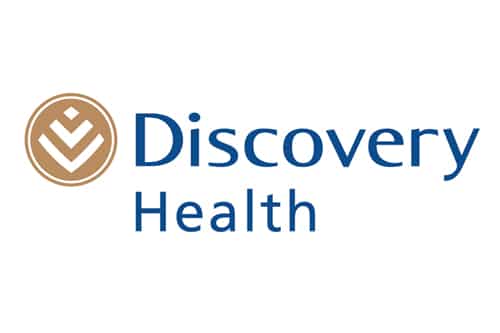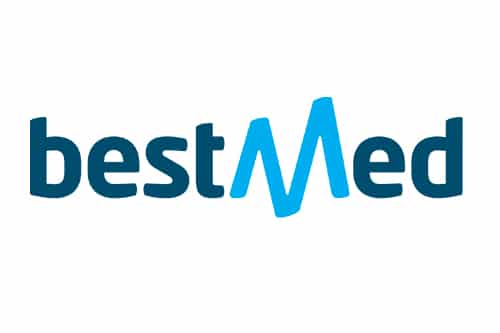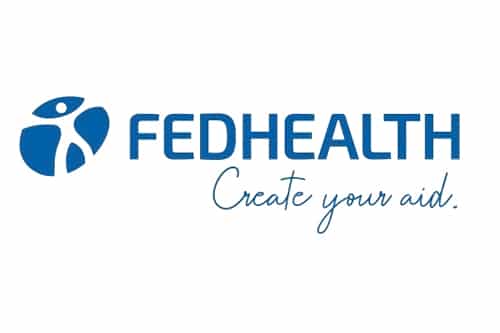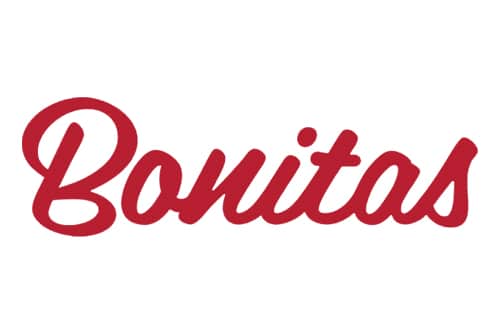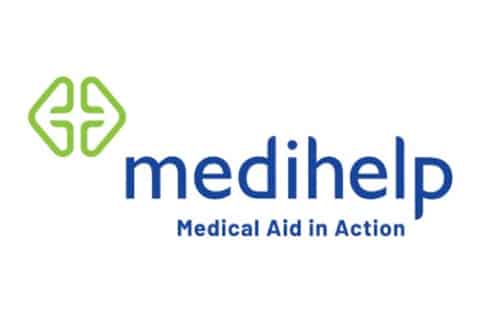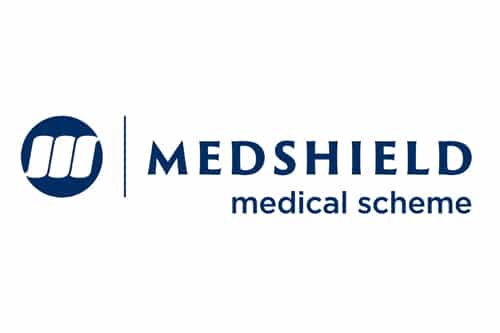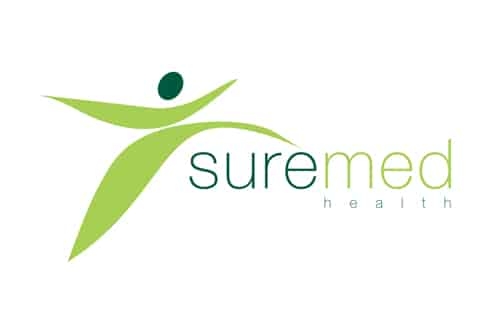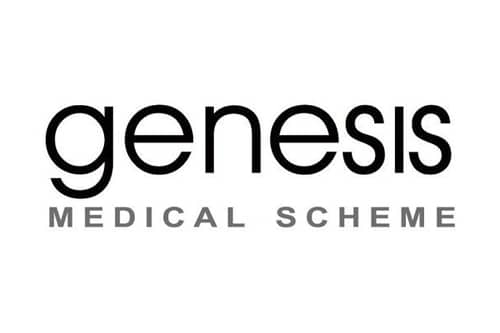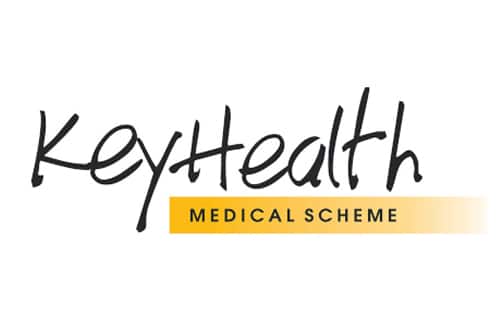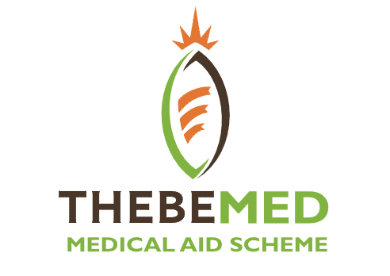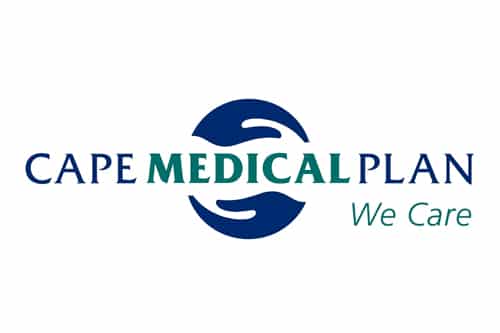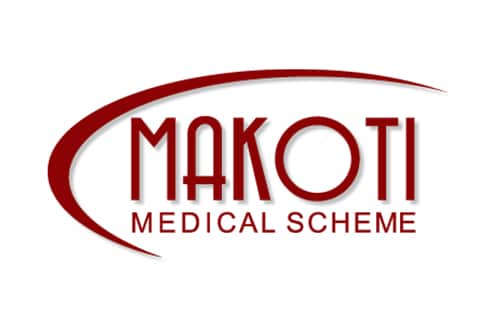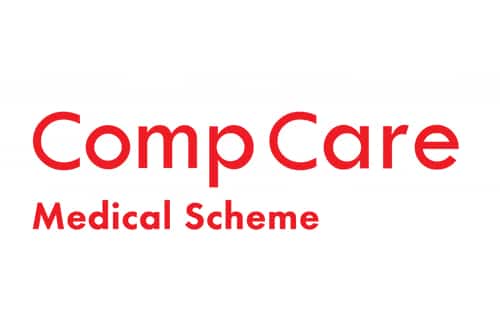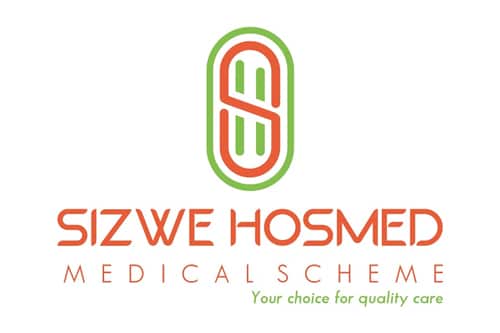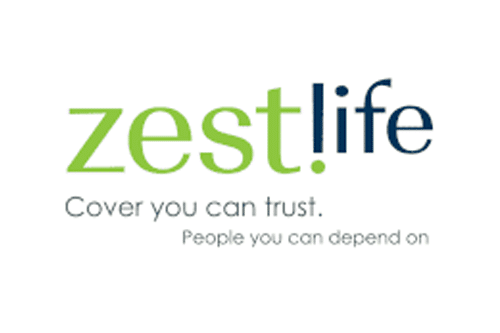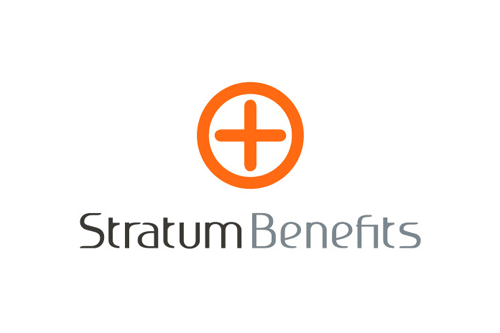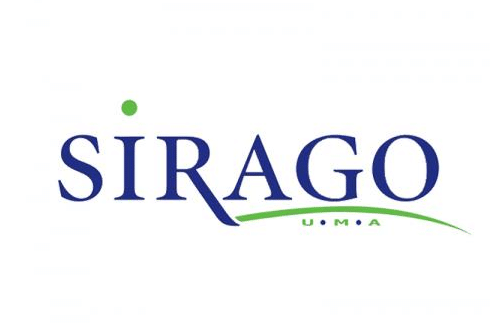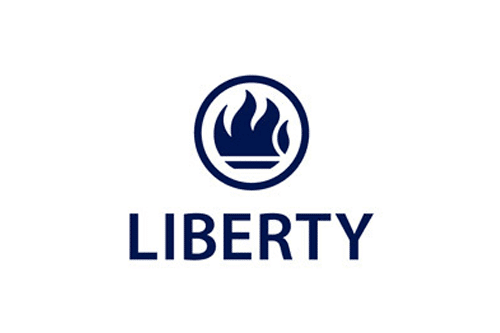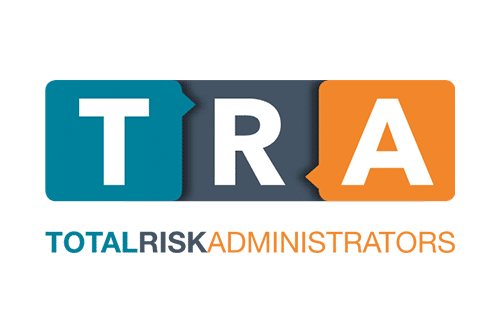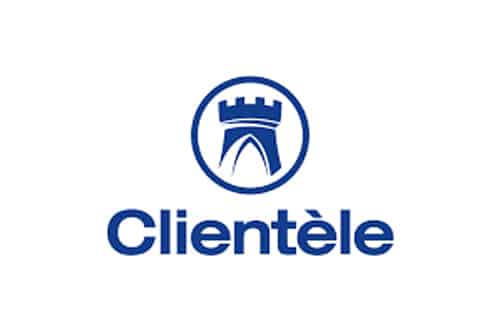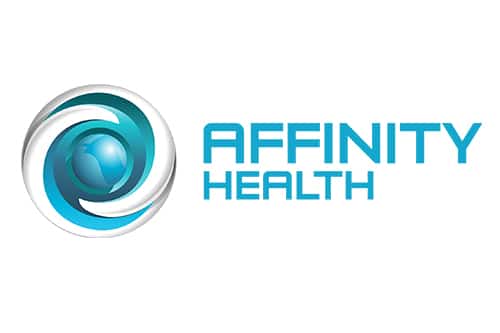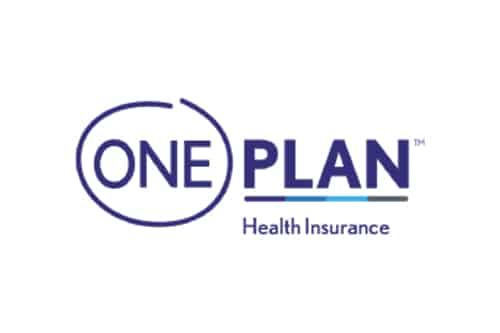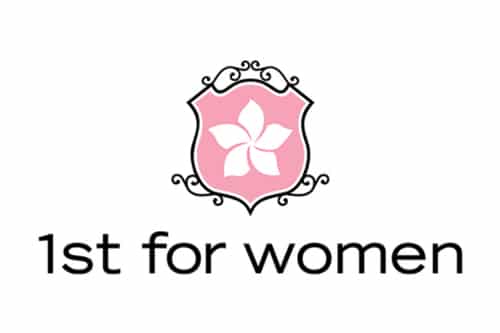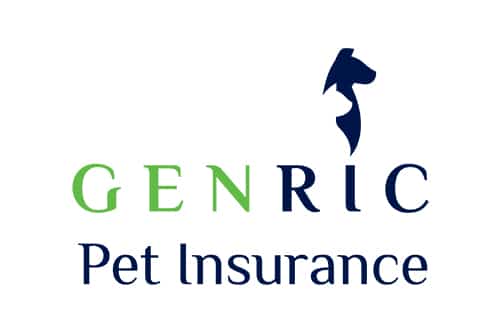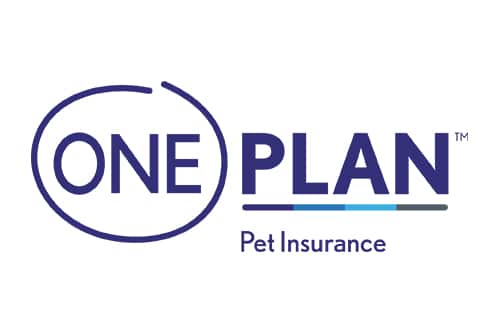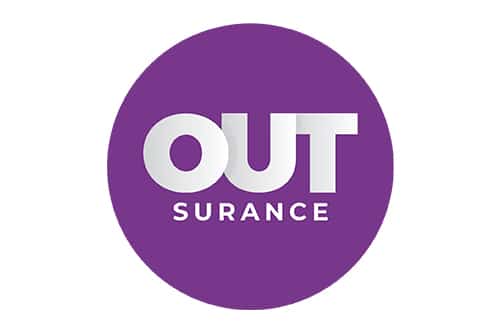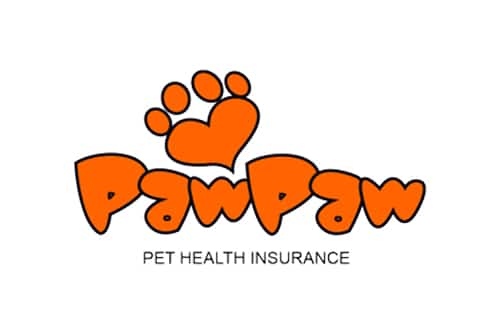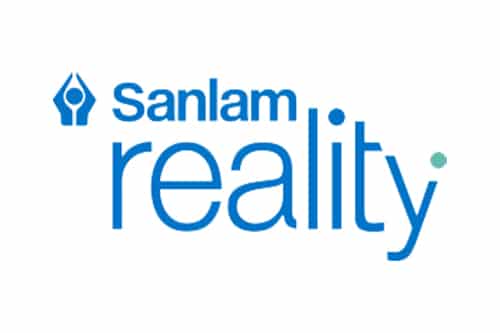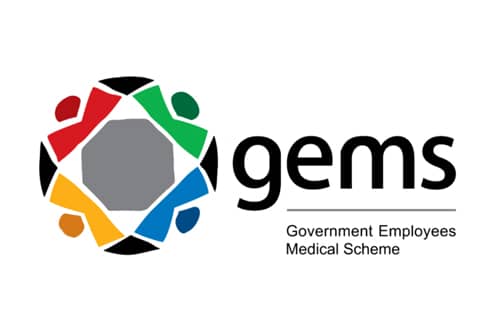
Medical Aid Tariff Codes in South Africa - The Ultimate Guide
Medical Aid Tariff Codes in South Africa revealed.
We tested and verified the ultimate guide for medical aid tariff codes in South Africa.
This is a complete guide to medical aid tariff codes in South Africa.
In this in-depth guide you’ll learn:
- What are the medical aid tariff codes?
- Why should you know about medical aid tariff codes?
- Can you save money with the medical aid tariff codes?
- What is a procedure list?
So if you’re ready to go “all in” with the best guide to medical aid tariff codes in South Africa, this guide is for you.
Let’s dive right in…
Medical Aid Tariff Codes in South Africa – The Ultimate Guide Summary
What Is a Medical Aid Tariff Code?

All medical aid programmes make use of medical aid tariff codes as a means of communicating the nature of the care or service that is rendered as well as the associated fee for doing so.
The specifics and amounts that are associated to each of these codes are what define the rate at which any medical care provider will be compensated.
When you receive your monthly medical aid scheme remittance, it will have columns of codes that the ordinary person does not understand. These tariff codes serve as a standardised method of communication for medical aids to use while interacting with one another, as well as with healthcare professionals and other service providers.
Because these codes are standard among all medical aid schemes in South Africa, it is no longer necessary to provide a detailed description of each consultation, drug, or operation in English or any other language.
Although the majority of remittance advices provide a description of the service provided, prescription given, or treatment carried out, it is essential for the member of the medical aid scheme to understand the importance of these codes and how it may alter the expenses associated with their medical care.
Types of Codes Used by Medical Aids

When it comes to the billing, payment, and administration processes of a medical aid scheme, there are two primary sorts of codes that are utilised.
First, all medical aid scheme programmes make use of medical aid tariff codes as a means of communicating the nature of the care or service that is rendered as well as the associated fee for doing so. The specifics and amounts that are associated to each of these codes are what define the rate at which any medical care provider will be compensated.
Second, they follow the International Classification of Diseases, version 10, referred to here as ICD-10 codes. These codes are a standardised technique of communicating a specific diagnosis or sickness. They have been amended several times by the World Health Organisation (WHO), which is an international health organisation.
It is not exclusive to medical aid programmes in South Africa and is instead utilised all over the world. The majority of programmes, on the other hand, make use of these ICD-10 codes in order to designate the illness for which a medical aid participant was treated and, as a subsequent step, monitor how the condition was handled by healthcare professionals.
Meaning of tariffs and codes

Medical aid scheme programmes and suppliers of healthcare in South Africa make use of thousands upon thousands of different medical aid tariff codes. Because the majority of these codes are specialised for certain healthcare professions, it stands to reason that general practitioners, physiotherapists, and dentists all have their own individual sets of codes.
Each code has an associated Rand amount that specifies the cost of the service or operation that should be paid for using it. Medication that requires a doctor’s prescription makes use of a distinct set of codes known as Nappi codes.
The Department of Health is responsible for determining the medical aid scheme tariffs after receiving feedback from various medical aid schemes, professional medical organisations, and other regulatory agencies involved in the South African healthcare business. This process is repeated annually. After that, it is prepared for publication as the National Health Reference Price List (NHRPL) for the year in question.
The amount paid for each tariff code may be determined by using this guideline, which can be used by medical aid scheme. The vast majority of medical aids make payments in accordance with the NHRPL, which states that these organisations cannot pay more or less than the amount that has already been determined (tariff). This is only specified as 100% of NHRPL in the indication.
There are medical professionals and healthcare providers who charge fees that are higher than the tariff that is specified in the National Health Reference Price List (NHRPL). In spite of the fact that individual practitioners have the legal right to do so, this does not imply that a medical aid is required to pay the additional sum on top of the NHRPL tariff.
If there is a dispute, it is the responsibility of the medical aid member (the patient) to resolve it directly with the healthcare practitioner.
Certain medical aids have recently chosen to charge greater fees for specific medical professionals, most notably specialists, and typically solely inside the confines of a hospital setting. In most cases, this is communicated by the medical aid scheme provider by noting that they pay either 150% or 300% of NHRPL.
It indicates that a medical insurance company is willing to pay a healthcare provider one and a half times (150% of the NHRPL tariff) or three times (300%) of the NHRPL tariff. A medical practitioner is therefore permitted to charge a greater rate than what is specified in the National Health Reference Price List when billing the medical aid scheme for their services.
If the rate charged by the practitioner is more than the additional amount that the medical aid is willing to pay, then the patient (the member of the medical aid scheme) is once again responsible for paying the difference.
For instance, if the amount to be paid for a certain operation (according to the tariff code) is mentioned in the NHRPL as R100, a medical aid scheme will often only pay this amount to a healthcare professional, which means that they will only pay 100% of the NHRPL. In the event that the practitioner decides to charge R150, the patient is responsible for paying the additional R50.
In the same vein, if the patient’s medical aid scheme programme decided to pay 300% of NHRPL, which in this scenario would amount to R300, but the medical service provider opted to bill R400, the patient would be responsible for paying the R100 difference.
READ more about the Top 5 Hospital Plans with Savings Accounts
Understanding Medical Aid Tariffs

What Does ‘100%, 150%, 200%, 300% And 400% Of Scheme Tariff’ Mean?
It is common practise for brochures and price quotations for medical aid to say that the plan will cover all of your in-hospital charges at the full scheme tariff.
But is not it true that 100% means exactly that? Should not you be entitled to a refund in the event that you are charged an amount that is more than that? In this particular instance, the answer is no.
When determining how much to charge you for a certain treatment that was carried out in the hospital, they are only a guideline for experts and anaesthetists to follow.
The scheme rate that is referred to in promotional materials and online quotes is typically a couple of percentage points to five percentage points higher than the NHRPL rate. This indicates that in the event that the expert or anaesthesiologist charges you 300% of the recommendation price, he is in fact costing you three times as much as the guide price.
FAQ
What is a medical aid tariff code?
A medical aid tariff code is a group of codes that medical aid companies use as a means of communicating the nature of the care or service that is rendered as well as the associated fee for doing so.
How do medical aid tariff codes work?
Medical aid companies use tariff codes to figure out how much money they will get back for a medical service or treatment. The code is used by the provider to figure out how much the healthcare provider who did the service or treatment should be paid back.
What is the difference between a medical aid tariff code and a medical aid benefit code?
A medical aid tariff code is used to figure out how much a medical service or procedure will cost to pay for, while a medical aid benefit code is used to figure out how much benefits a service or procedure will have.
How often do medical aid tariff codes change?
Tariff codes mainly stays the same but may change from time to time as procedures develop.
What is the most commonly used medical aid tariff code?
The most commonly used medical aid tariff codes are ICD-10 codes.

